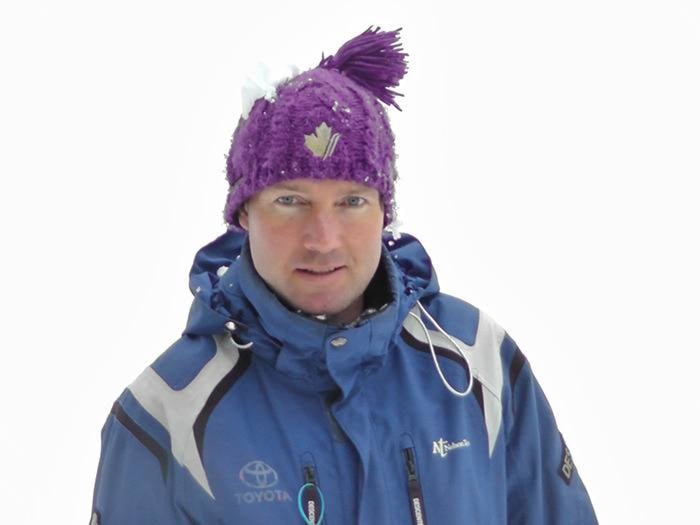November, 30 days of skiing anticipation. What kind of winter will it be? El Nino with lots of snow and rain or La Nina with cold and dry conditions?
How is the base looking for avalanche conditions in the back country? Settle down, we live in the Kootenays. It will always snow and every season has its epic days. Let’s focus that anticipation into some preseason conditioning!
The Canadian Oxford Dictionary definition of the word athlete: a person who trains to compete in sports and other exercises requiring physical skill, strength, and endurance.
I work with the ski team athletes that are preparing for the seasons competitions, but that doesn’t mean that the rest of us should not be training as we prepare for the approaching ski season.
Ski racing and skiing in general is becoming more athletic with the improvements in the equipment. In the past, the path to becoming a really good skier involved becoming a professional instructor, coach, athlete, or full time ski bum. With the new rockered, reverse sidecut, gender specific, shaped, computer chip controlled skis your secret powder stash is no longer safe from the weekend warriors.
And on the groomers with a bit of coaching a five year old ski racer can lay down a nearly perfect carve with their mini slalom skis. So what separates the great skiers from the ones that keep turning your favorite line down Joker into a mogul field?
Athleticism.
So, as the season rapidly approaches, how do we condition our bodies so that we can go from good skiers to great skiers and stay injury free?
Here are some tips:
Before any conditioning do some warm up movement for at least five minutes and then do some stretching. If you try to stretch cold muscles you will be lengthening your tendons and not your muscles!
Core strength: The core consists of your abdomen, chest, shoulders, and back areas. Core strength is what allows you to balance and recover as you huck your meat down the blast, or dynamically carve your way down little mucker.
One of my favorite exercises is what I call Kevin’s torture. On the floor at home lie on your back and bring one elbow up to your opposite knee while stretching your other leg out and point your toes. Now change to your other elbow/knee and repeat at a fairly quick pace and see if you can do 50. If you are doing it right you will start to scream in pain at about 30 but keep going as you want to go from good to great this winter!
Leg strength: Your legs are pumping up and down no matter what run you ski so get them ready. The best skiing has the most movement so make sure you are using your full range. Growing up as a ski racer my coach forced us to do five minute wall sits and of course I now do that with the athletes that I coach. Put your back flat against the wall and lower your bum so that you look like you are sitting on an invisible chairlift. Now time yourself starting with a realistic goal of a minute or two, then add 20 seconds next time and see if you can get up to five minutes before the winter holidays. Try to distract yourself with thoughts of floating through fresh powder with powerful perfect turns top to bottom without stopping.
Once you collapse at the end of the wall sit, get up and do 10 squats getting your bum to your heels and keep your knees shoulder width apart for the whole movement.
Wow, I do sound like my old coach.
Dylan Henderson is the head coach for the Whitewater Ski Team. He is a certified Development Level Coach with the Canadian Ski Coaches Federation and a Level 1 ski instructor with the Canadian Ski Instructors Association. His goal is to give you something to keep your skiing fresh every week even if the snow is not. Check us out on Facebook at Whitewater Ski Team.
